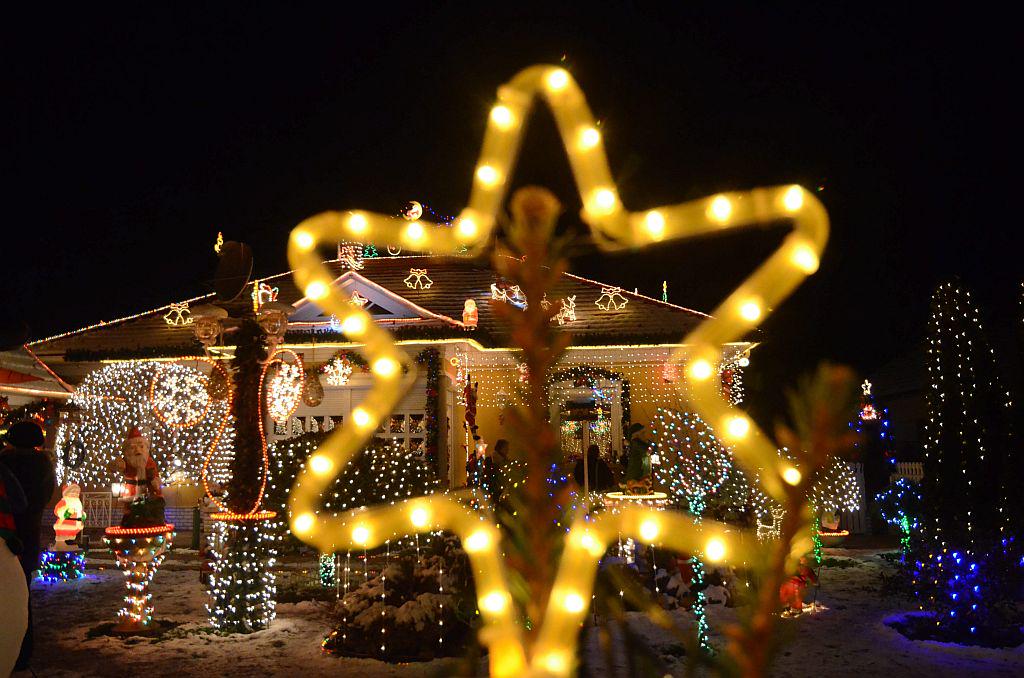
Christmas is not just considered the second most important Christian holiday -- it’s also a significant cultural event. Even many Slovenians who don’t consider themselves religious take Christmas Eve traditions seriously; perhaps not surprisingly, since Christmas festivities actually have pre-Christian origins.
In the Bela Krajina region, Christmas Eve is known as badnik. The old Slavic term derives from a yule log of sorts – actually an entire tree stump -- that was kept burning through the night. The tradition marked the winter solstice in pagan times. Symbolizing the rebirth of the sun, the fire from the stump brought light to the year’s darkest night and comfort to the people gathered around it.
Special Christmas breads have also been eaten since pre-Christian times. Often, three types of breads were baked for Christmas: wheat, rye, and buckwheat. This tradition also survives in parts of Slovenia, but is now more common in a somewhat different form: Few Slovenian Christmas dinners are complete without potica, a sweet Slovenian nut roll.
Other typical Christmas dishes are regional in nature. For instance, fritters and dried cod are common in the Primorska (Littoral) region, while fruit bread is a widespread treat in Štajerska (Styria).
Christmas trees of the kind we know today are a more recent phenomenon in Slovenia. Originally, they were hung upside-down from the ceiling. Even with the arrival of more modern influences, the decorations used were thoroughly traditional: paper, fruit, and walnuts.
Nativity scenes are another common sight in Slovenian homes at Christmastime. Usually made of wood or clay, Slovenian nativity scenes are often set in a typically Alpine environment, with mountains, dairy cows, and pastures, all very different in appearance from Bethlehem. The nativity figures are placed on real moss, which is traditionally brought in from the woods before the first heavy snowfall and is then left to dry. Each year around Christmastime, but always in a different parish, enthusiasts organize an exhibition of the most interesting nativity scene designs from around the country.
In recent years, living nativity scenes have become increasingly popular. Some take the form of short plays that tell the story of Jesus’s birth. Near the town of Mojstrana, an annual living nativity scene takes place in the woods and draws massive crowds. Even Slovenia’s famous Postojna Cave hosts a nativity scene; in all likelihood the world’s deepest.
The regional diversity of Christmas traditions is also evident in the various terms used for Christmas and Christmas Eve: božič, sveti post, koledni svetki, badni vecer, and so on. In todays globalized and commercialized world, many of these ancient traditions not only survive, but thrive.

































































